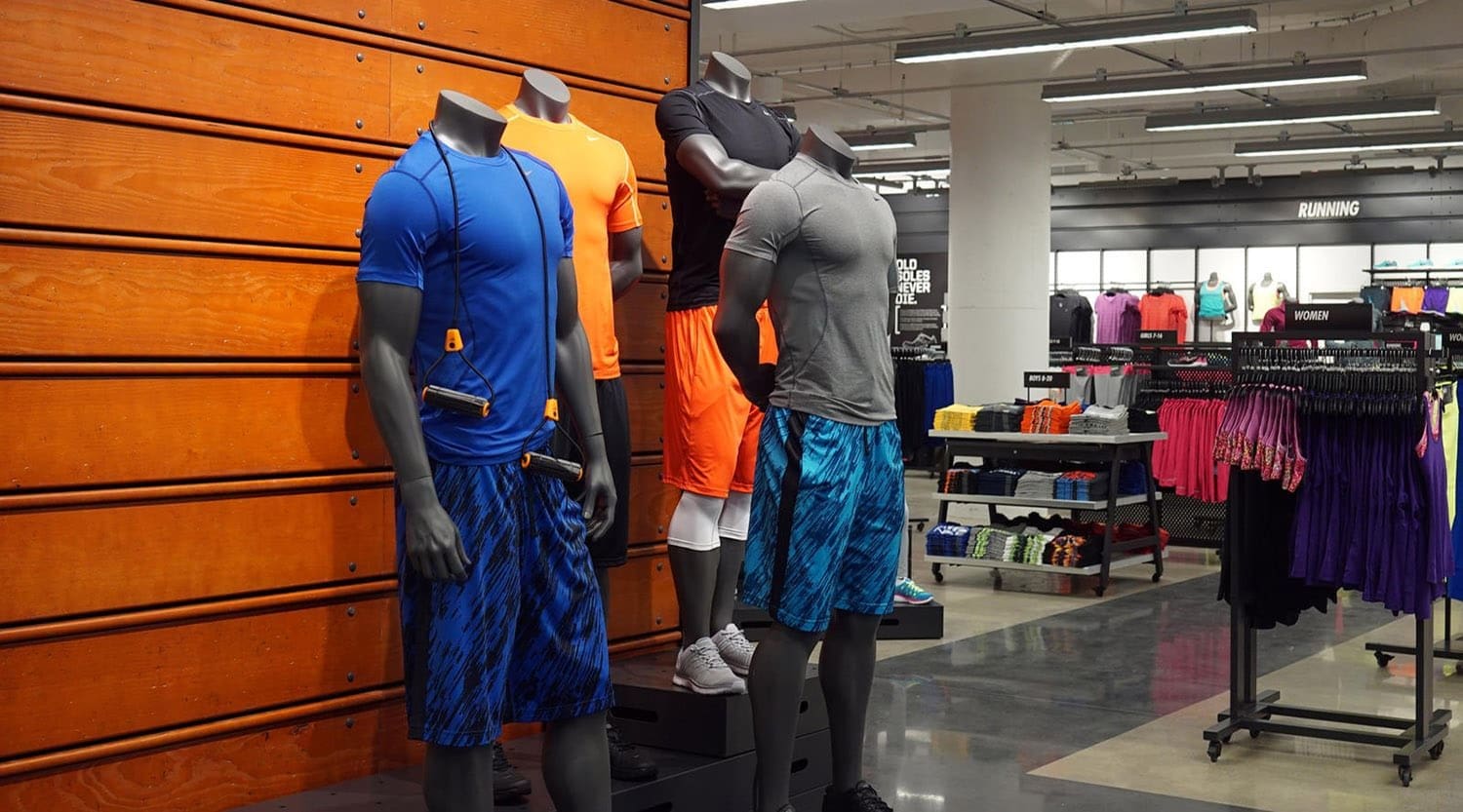As anarbitrary good, sportswear may seem an unlikely winner in the wake of COVID-19. The category includes apparel and footwear which has some unique characteristics that make us think when compared to other categories. For larger and stronger companies, it is evident that COVID-19 has been an accelerant as the companies extended their connections with consumers and drive business through more profitable channels.
In the sportswear space,the total addressable market (TAM) is estimated at $472 billion globally.
Since apparel and footwear has been a low-growth category overall, sportswear takes increasing share over time. Sportswear increased from 18% to almost 26% of the apparel category from 2007 to 2019.
In fact, sportswear has shown a 6.5% compound annual growth rate (CAGR) over the past five years, one-and-a-half times that of the apparel market.
Nowadays consumers are being increasingly concerned with the connection between their lifestyle (physical activity and food consumption) and their overall health. This COVID-19 and the potential health risks have intensified the desire to eat better, live better, and feel better. It is believed that sportswear is well positioned to benefit from this as consumers express the desire through active lifestyles.
When it is believed that the long-term view for sportswear will be positive, COVID-19 has given an exceptional situation resulting in a coordinated global shutdown. As a result of the shutdown, it lead to consumer weakness (such as unemployment), combined with a broader apparel and footwear inventory glut, will likely hurt arbitrary spending overall.This situation will undoubtedly reduce the near-term sales and margins as sportswear companies adjust to overall market conditions.
Despite these challenges, sportswear category appears to be resilient in the midst of COVID-19, and not just because the pandemic appears to have intensified consumers’ desire to focus on their health and wellness.
Over the past few years,Sportswear companies have woven digital engagement into their DNA. They have the ability to interact directly to an audience without a physical footprint, amplify their messaging, and drive engagement. These features has allowed them to drastically accelerate online sales even during the lockdown.
The pace of recovery varies for each brand and category, it is a fact that sportswear sales will be one of the fastest arbitrary categories to recover, with the past downturns. As retail conditions normalize globally, sportswear sales will also.
Sportswear category has a long track of record for the past 30 years which makes us believe that this might continue over the long term.
Sometime, past performance will not be an indication for future happenings. Investment involves all possible risks which includes all possible losses. Equity securities may also decline in real and perceived values in general market, economic and industry conditions. Investment made in foreign securities may involve risks due to currency fluctuations, economic and political risks in the emerging markets.
Decathlon is one of the major players in sports goods category. It has released its report about the sales during the pandemic situation. The report says that products for cycling, fitness cardio, yoga and running are among the top-10 purchased categories for customers who are looking to bolster home equipment for fitness, following the relaxation of the lockdown. There was over 141% volume growth in the gym benches and bench racks sales and a 141 percent increase in demand for individual dumbbells or dumbbells kits. Kettle-bells sales have increased 151 percent. Other than fitness products, fitness accessories were also in demand and had an enormous increase in sales in May. Product like resistance bands had topped the list, with a growth of 2,000%.
As a precautionary measure, Decathlon has taken a lot of measures to ensure social distancing norms are adhered to it at their stores. The announced initiatives include a purely digital shopping experience called ‘Scan and Pay’ for customers who are looking to shop in-store. Customers can walk-in the store and choose products from the more than five thousand off-the shelf products, scan a barcode by using the Decathlon app and pay through digital mode. This is presently available in 63 out of 74 stores. More than 50 percent of these stores, 25-50 percent of the customers are using ‘Scan and Pay’. Metro cities like Mumbai, Pune, Kolkata, Chennai, it is over 60 percent.
This situation did not happen for local players. While Decathlon stores are welcoming visitors, a domestic company is yet to come to terms with the corona virus-led disruption.
A domestic sportswear brand, which supplied products for sportspersons and federations for many years, expecting to see sales hike after lockdown restrictions were released. It might take a while for things to look up same as before. Demand will return anytime soon.
REFERENCE:
Retrived on 20th September, 2020, https://blog.williamblairfunds.com/kwesi-smith/sportswear-sweet-success-amid-covid-19/
Retrived on 20th September, 2020, https://www.moneycontrol.com/news/business/companies/after-covid-19-storm-sportswear-and-fitness-products-witness-surge-in-sales-5533801.html
By- Saranya

